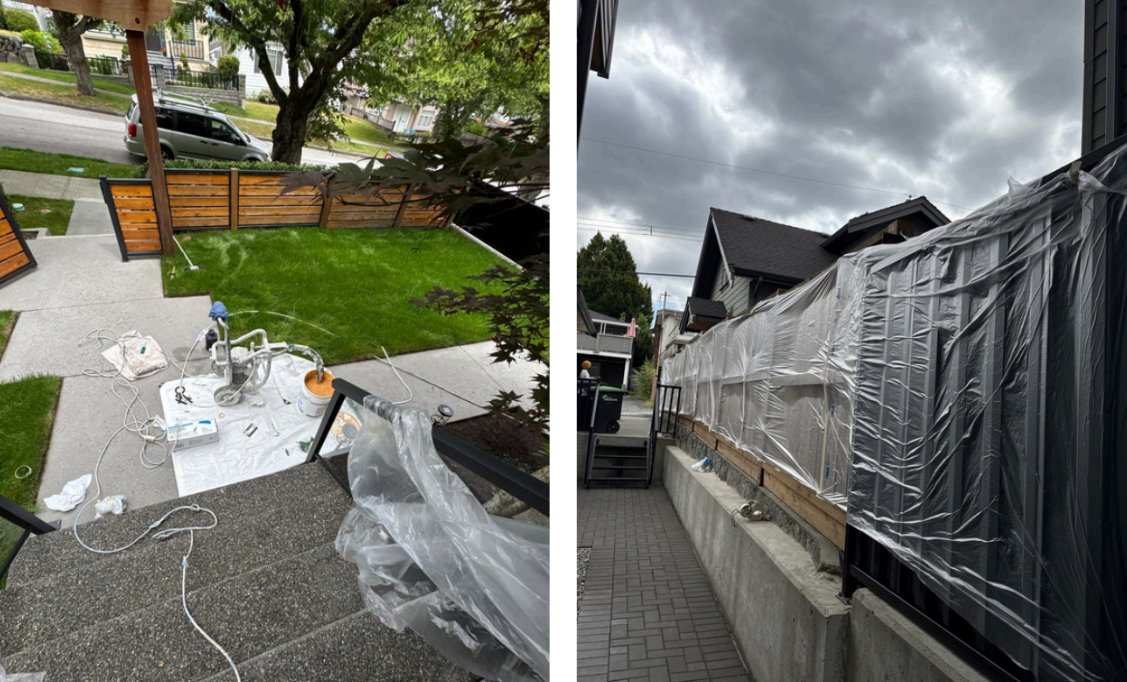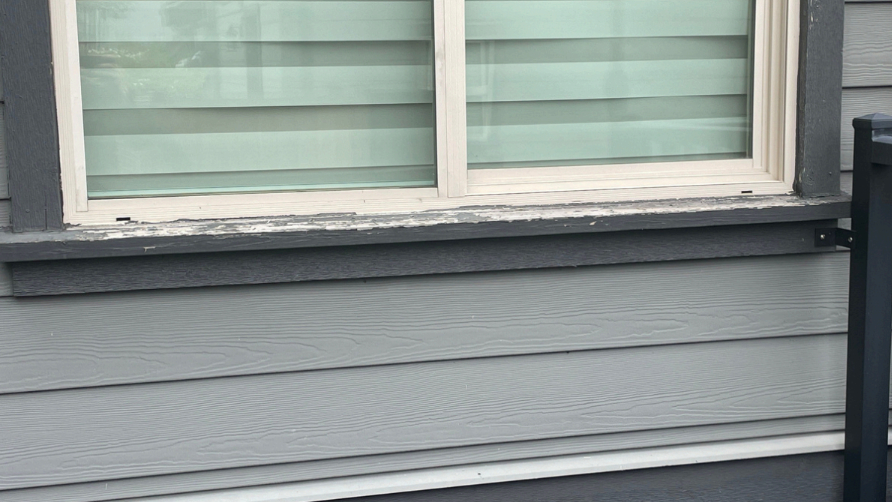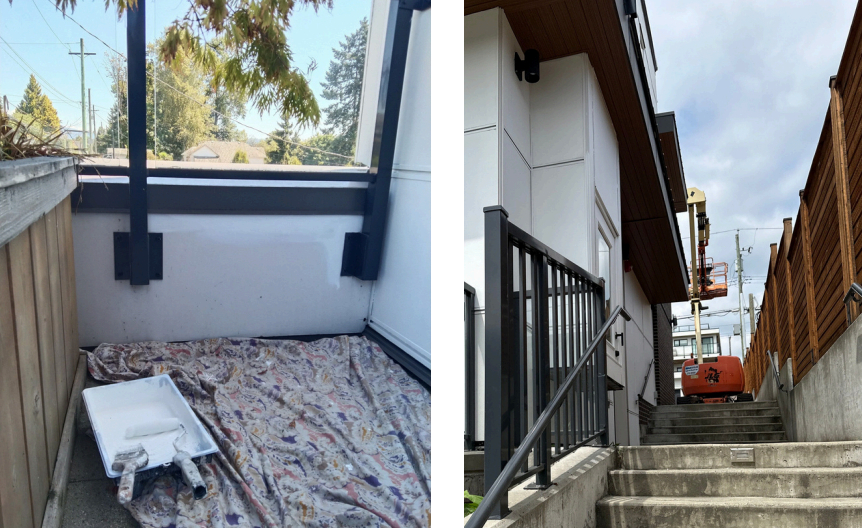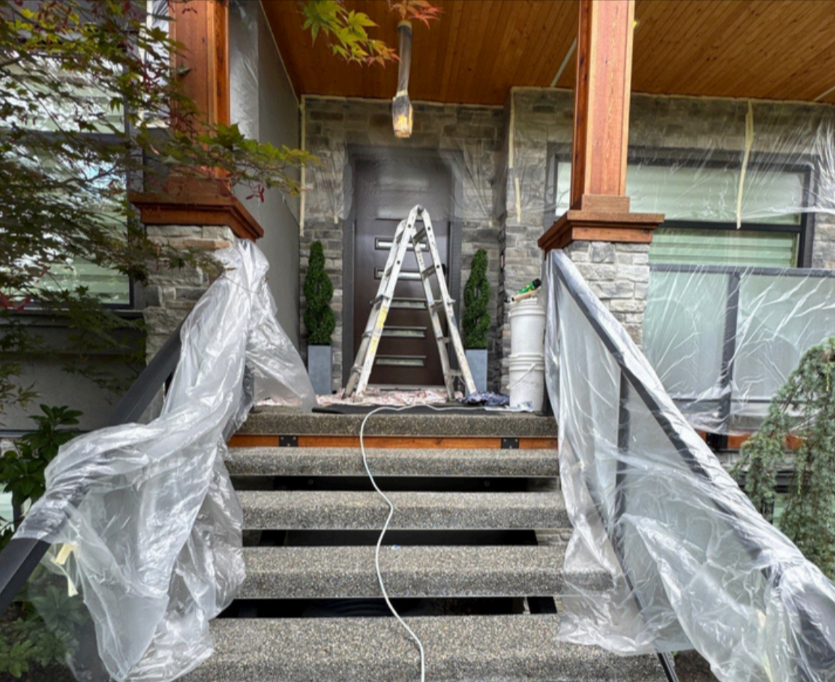A fresh coat of paint does more than brighten walls—it protects, seals, and extends the life of a surface. Many people underestimate the value of using both an undercoat and a topcoat, thinking one layer will do the job. The truth is, each plays a different role, and together they provide strength and beauty that lasts.
Exterior Walls That Require Undercoat for Lasting Coverage
Exterior walls take a beating from the sun, rain, and changing temperatures. An undercoat provides the base that bonds paint securely to the wall, making the finish look smooth and even. Without it, topcoats can peel or fade quickly, leaving patches that require expensive fixes. The undercoat also helps neutralize stains or uneven tones so the final color looks uniform.
On older homes or surfaces exposed to heavy weather, undercoats add stability to the paint system. They prevent cracks from widening and stop moisture from seeping in. By applying this base layer first, homeowners gain peace of mind knowing the paint won’t fail after just a season or two.

Topcoat Applications That Shield Surfaces from Weathering
The topcoat acts like armor for exterior surfaces. It resists rain, blocks harmful UV rays, and slows down fading caused by direct sunlight. A strong topcoat keeps the paint vibrant while protecting against chipping and blistering, even on areas exposed to constant outdoor stress.
For properties near the coast or in regions with high humidity, a reliable topcoat is especially valuable. Salt, moisture, and wind create harsh conditions, but a well-applied finish can hold up for years. This extra protection means fewer repaints and more time enjoying a home’s curb appeal.
Rough Textures That Benefit from a Strong Undercoat Layer
Textured surfaces often soak up paint unevenly, making coverage a challenge. An undercoat smooths the surface and fills small gaps, creating a foundation that makes the top layer more effective. This reduces the amount of paint required while also ensuring better adhesion.
Stucco, brick, or block walls highlight the importance of undercoating. Without it, the paint can look patchy and wear unevenly. A quality undercoat allows the top layer to glide over these surfaces, leaving a consistent, professional finish.
High Traffic Facades That Depend on Durable Topcoats
Walls near entryways, driveways, or public-facing areas face constant wear. A durable topcoat provides resistance to scuffs, scratches, and dirt build-up, keeping these surfaces looking polished. High-traffic facades often receive direct sun exposure, making the topcoat’s protective qualities essential.
Over time, foot traffic, vehicle fumes, and general use can discolor paint. A strong topcoat adds resilience against these challenges. By applying it correctly, property owners ensure that their exterior walls maintain a clean appearance despite daily wear and tear.

Stained or Dark Surfaces That Need an Undercoat Before Painting
Dark-colored walls and stained surfaces can bleed through new paint. An undercoat blocks these imperfections, giving the topcoat a blank canvas to work with. Without this step, multiple layers of paint may still fail to cover stains or deep colors.
This preparation step saves time and money while improving the overall finish. Painters know that undercoats help hide smoke stains, water marks, or previously painted bold shades. With the right base, one or two coats of paint are usually enough to achieve the desired look.
Exterior Woodwork That Demands Both Undercoat and Topcoat Protection
Wood is vulnerable to moisture, rot, and insect damage. Applying both an undercoat and a topcoat protects woodwork by sealing pores and blocking water absorption. The undercoat locks down knots or natural discoloration, while the topcoat keeps out sunlight and rain.
Decks, trim, and wooden siding especially benefit from this two-step system. These surfaces expand and contract with changing temperatures, so the added protection prevents cracking and peeling. A combination of undercoat and topcoat gives wood surfaces longer life and stronger resistance to weather damage.
Outdoor Masonry That Holds Paint Better with Proper Undercoating
Masonry absorbs paint differently than wood or siding, often pulling moisture into the structure. An undercoat prevents this by sealing pores and creating a reliable bonding layer. It also helps masonry surfaces resist flaking or chalking caused by exposure to the elements.
Once sealed, a topcoat provides color and weather resistance that masonry needs. Without the undercoat, paint tends to peel and fade quickly. This combination of steps ensures stone or brick walls maintain their beauty and strength for years.

Exposed Trim and Fascia That Stay Intact with a Quality Topcoat
Trim and fascia are the first parts of a house to show damage from the weather. These areas catch rain, sun, and snow directly, making a durable topcoat necessary. A quality finish protects against rotting, warping, and fading.
Applying a protective layer to these exposed areas also improves the overall appearance of the home. The trim frames the house visually, and when it looks crisp and bright, the whole exterior looks fresh. Without a strong topcoat, this detail can quickly become an eyesore.
Choose EB Painting for Professional Undercoat and Topcoat Application That Protects Your Home for Years to Come
A high-quality paint job is more than just rolling color onto a wall—it’s about creating a layered shield that can stand up to weather, moisture, and daily wear. Using both an undercoat and a topcoat makes the difference between paint that looks good for a season and paint that continues protecting your home year after year. The undercoat seals and prepares the surface so that stains, dark colors, or rough textures don’t bleed through. The topcoat then steps in as the final line of defense, adding resilience against UV rays, rain, and the constant changes in temperature that break down weaker finishes. Without both working together, the surface becomes vulnerable to cracking, peeling, and fading long before it should.
This is where EB Painting delivers unmatched value. Our team understands how each layer plays its part, from preparing masonry and wood to sealing trim and fascia against the elements. By combining technical skill with professional-grade materials, we ensure your home receives a finish that holds up to time and weather. Whether you want to refresh aging woodwork, protect exterior walls, or guard exposed surfaces, our methods focus on precision and durability. A home painted by EB Painting doesn’t just look beautiful on the day the job is finished—it continues to stand out season after season, with coatings that resist damage and keep surfaces intact. Contact us today to schedule your project and see how EB Painting can transform your home with long-lasting undercoat and topcoat protection.





